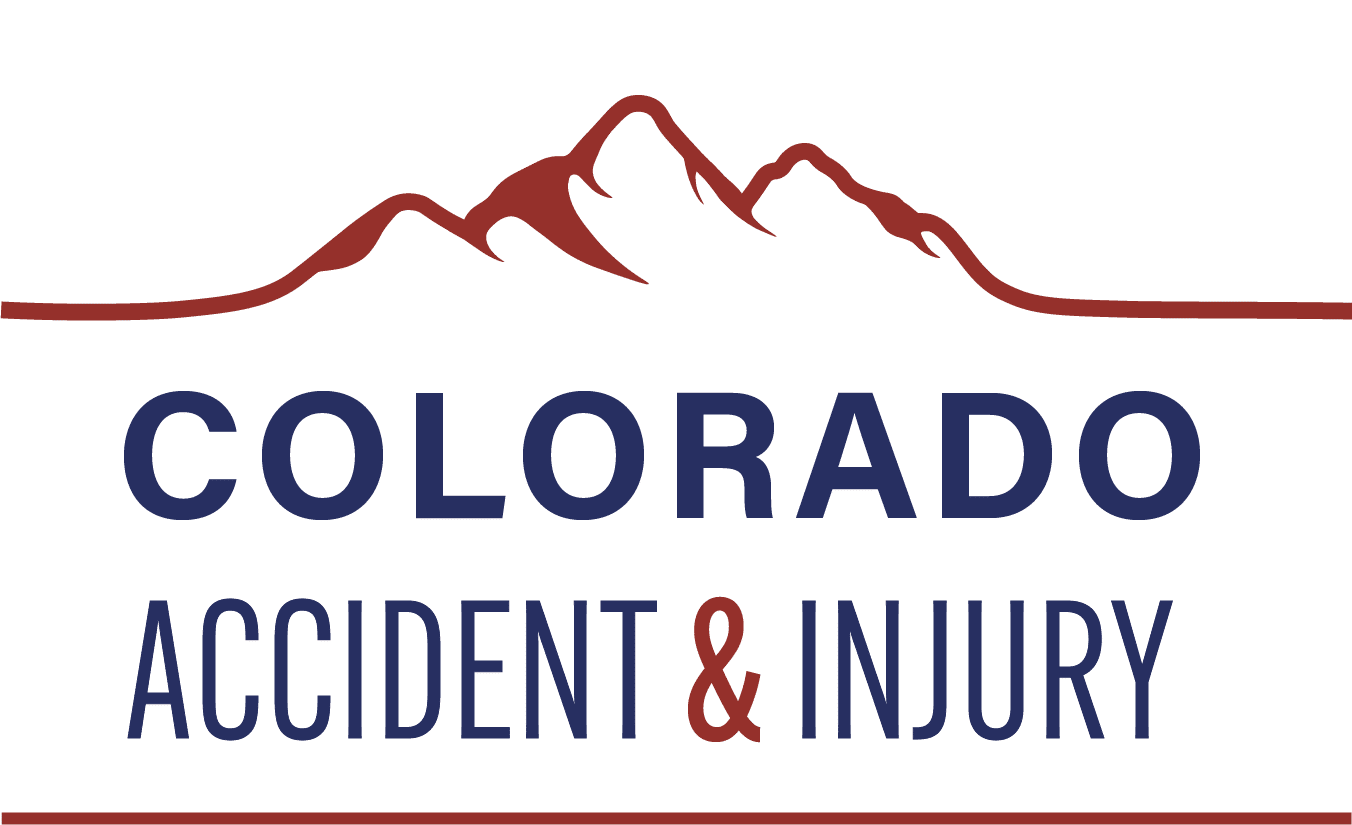17 Jan Why A Pain Doctor?
After an automobile accident, you might be in a lot of pain. However, the pain can be very specific, or it can be vague and generalized. It can be constant or it can come-and-go at regular or random intervals.
These different pain scenarios provide different excuses to patients for avoiding seeing a pain management specialist. “Oh, I don’t even know why it hurts,” you might say in expressing some embarrassment for this pain you don’t understand. Or, “Why see a doctor? I already know what’s wrong with me,” is another common rationalization. Some patients then say, “Well, it comes and goes, and it’s not hurting now – so seeing a doctor would not move this problem forward.” While others say, “It constantly hurts, so there’s obviously nothing that can be done about it. It never gets any better.”
Historically, a pain doctor is a late-blooming specialty that confuses patients because it’s not old-school medicine, like pediatrics or cardiology – specialties that have been around a long while. But several major changes, cultural and technical, gave birth to the relatively new specialty of pain management physician. This includes advancements in the pharmaceutical industry’s options for reducing pain. This prompted the need for doctors who understood specifics of pain medication and, in time, doctors who knew how to manage patients with regard to possibilities and repercussions of opioid or related addictions.
Along with the advancements in medications came a smaller planet. That is to say, improvements in global communication – which tend to make the planet seem smaller – increased awareness of holistic, alternative options for pain management, where this included massages and acupuncture, diet changes, and physical therapy. The modern patient did not want doctors to leave a healthful option off the table. But patients and physicians searching the globe for better options felt it was time to both broaden and strengthen modern responses to pain. Let’s try some old-fashioned (even ancient) methods, but let’s add science to the mix, so we can use old-fashioned methods in the most effective way possible.
Pain doctors are forced to be very open-minded physicians who have adapted to modern times with diligence and science and an appreciation for tried-and-true home remedies, such as ice packs, warm compresses, meditation, rest, massage, and stress reduction. Some pain is hard to eliminate, so the approach changes to learning to live long-term as well as possible despite the absence of a cure.
Modern times have created something with clearly mixed results: The Internet. It is a wonder of wonders, but it is also a universe in which separating facts from marketing can be a little tricky. This creates patients who self-diagnose, often incorrectly, and react, as would anyone, to this erroneous conclusion.
Pain management physicians are trained, certified doctors who start each case with a diagnostic process – not a convenient guess. Modern doctoring practices are front and center in pain management from proper diagnosis, deploying modern imaging techniques, and proper laboratory analysis of tissue, blood, or urine samples. Pain management is not doctoring in the dark or with one hand tied behind the physician’s back. If you are in pain, punch through your trepidations and make the call. A pain management physician can literally change your life.
Seeking Help
If you’ve been in a car accident, seek help from a professional service immediately. Not only should diagnosis and healing begin as soon as possible, but proper documentation, from a medical point of view, is often required for insurance and legal issues.
In Colorado Springs, call Colorado Accident & Injury for an immediate response to your medical needs. Call 719-917-7000 for an appointment.
 (719) 917-1000
(719) 917-1000



No Comments